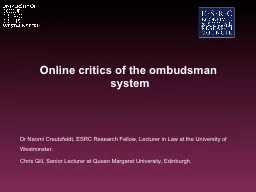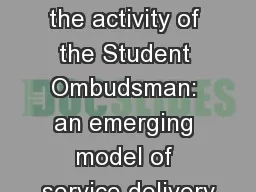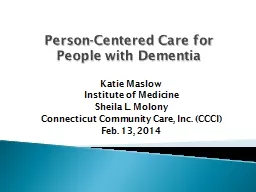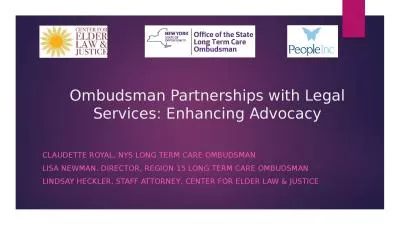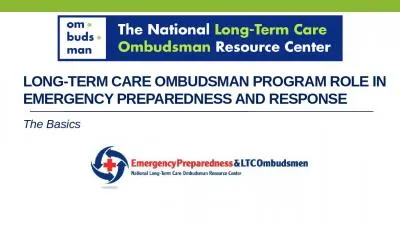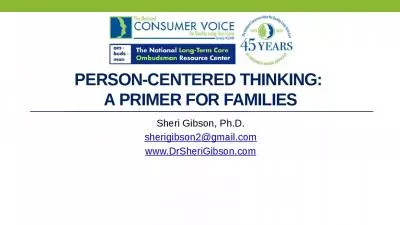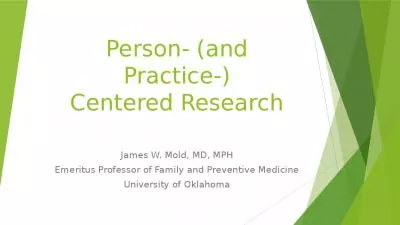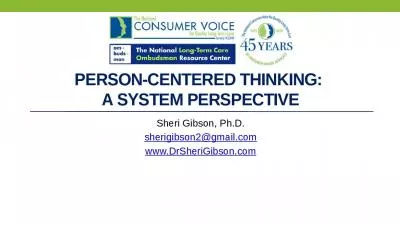PPT-Welcome to the webinar for Long-Term Care Ombudsman on the Person Centered Care AE Goal.
Author : mitsue-stanley | Published Date : 2018-02-20
We will begin in a few minutes If you have a question please type them in the box on the right side of your screen Beverely Laubert AE Board Chair and Ohio State
Presentation Embed Code
Download Presentation
Download Presentation The PPT/PDF document "Welcome to the webinar for Long-Term Car..." is the property of its rightful owner. Permission is granted to download and print the materials on this website for personal, non-commercial use only, and to display it on your personal computer provided you do not modify the materials and that you retain all copyright notices contained in the materials. By downloading content from our website, you accept the terms of this agreement.
Welcome to the webinar for Long-Term Care Ombudsman on the Person Centered Care AE Goal.: Transcript
Download Rules Of Document
"Welcome to the webinar for Long-Term Care Ombudsman on the Person Centered Care AE Goal."The content belongs to its owner. You may download and print it for personal use, without modification, and keep all copyright notices. By downloading, you agree to these terms.
Related Documents



